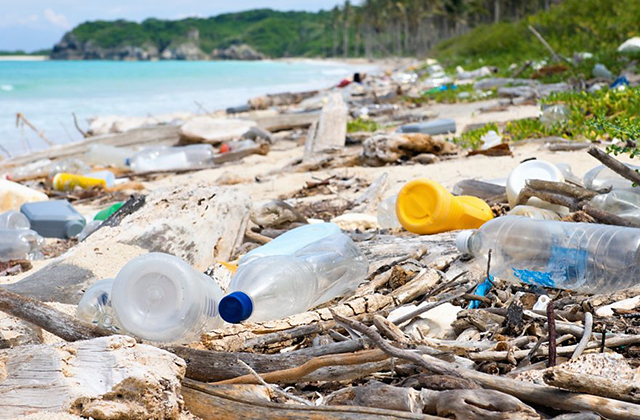
Office rubbish removal Sydney will always be around whether you like or not they will fix your garbage. In Brisbane, many households depend on the council’s garbage collection service to dispose of their waste. However, this service is not a good option for those households that produce more rubbish than an garbage bin can hold. Many people in this situation have no other choice but to take their rubbish to the tip themselves, from where it is taken to landfills.
Either way, landfill waste isn’t good for the environment. Much of the waste that we produce can be recycled. Yet it ends up in a landfill, where it can take centuries to degrade. Not only is this harmful to the environment, but it also consumes valuable landfill space, which we’re running out of rapidly.
As the owner of a Brisbane rubbish removal business, I urge you not to dispose waste into landfills unless it is absolutely necessary. Today, I will explain what happens to rubbish when it is disposed into a landfill. Hopefully, this post will inspire you to start disposing your waste in an environmentally friendly manner so together we can all do our bit to reduce landfall waste.
Let’s start by look at the stats.
Current state of landfills in Australia
According to the ABS, the volume of rubbish disposed into Australian landfills increased by 12% from 2001 to 2007. While 19 million tonnes of waste were disposed in 2001, more than 21.3 million tonnes of were disposed in 2007.
Of the total amount of waste produced by Australians, almost half (48%) of waste was disposed into landfills in 2007. 60% of municipal waste, 42% of construction waste and 44% of industrial and commercial waste went to landfills in 2007.
So, what happens to waste in landfills?
In modern landfills, waste is segregated into municipal solid waste, construction and demolition waste and white goods. These types of waste are disposed separately, while some recyclable waste is diverted to recycling depots.
The waste in landfills is rolled over and turned into a compact pile with the help of heavy and large equipment. After the pile reaches a prescribed height, a layer of dirt is added and a second pile is added.
The bottom of the pile of rubbish is lined with rubber to prevent contamination of ground water. This ground water is also collected and processed using a network of pipes.
Gas wells are also drilled into the rubbish pile to collect methane produced in landfills. This methane is put to good use in generators or for heating.
In theory, the system of a landfill works quite well. However, it is not always possible to prevent contamination of ground water or 100% collection of methane. Moreover, these systems have an associated cost factor to function properly.
What about landfills in Brisbane?
With the landfills in Brisbane, the treatment of rubbish is the same as outlined above. Waste is first segregated, compacted and then buried into engineered cells in landfills. Moreover, each cell has a layer of clay and high density plastic to prevent contamination of the environment. The waste is also capped with clay before another pile is placed on top of it.
The Brisbane Council is working very hard to reduce the amount of rubbish that is sent to landfill, but they cannot do this alone. They need your help.
If you’d like professional help to dispose of your rubbish in the correct manner, then contact us at 4 Waste Removals. Our team will responsibly remove all your unwanted rubbish.
Conclusion:
When rubbish is disposed of in landfills, it is segregated into different types, rolled over and compacted into a pile. The waste is lined with clay before another pile is added to it. Moreover, the bottom and sides of the waste pile are lined to prevent contamination of ground water. Landfills also produce methane and it is collected with the help of pipes.
While landfills work great in theory, in practice methane does escape into the environment and ground water also gets contaminated. As such, we must all do our part to reduce waste from reaching landfills.